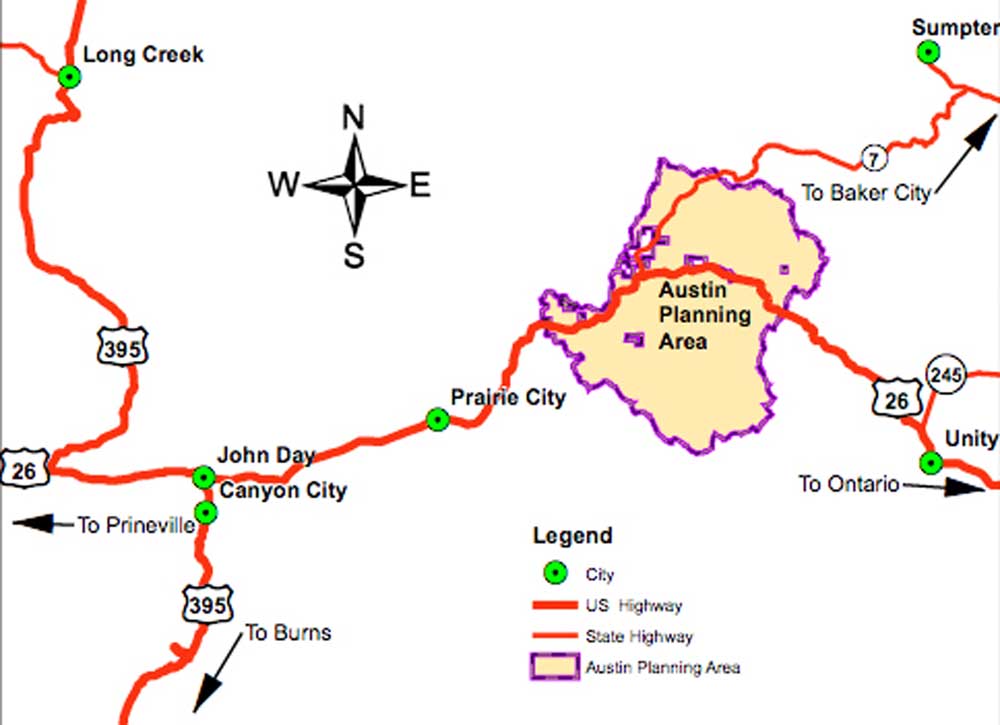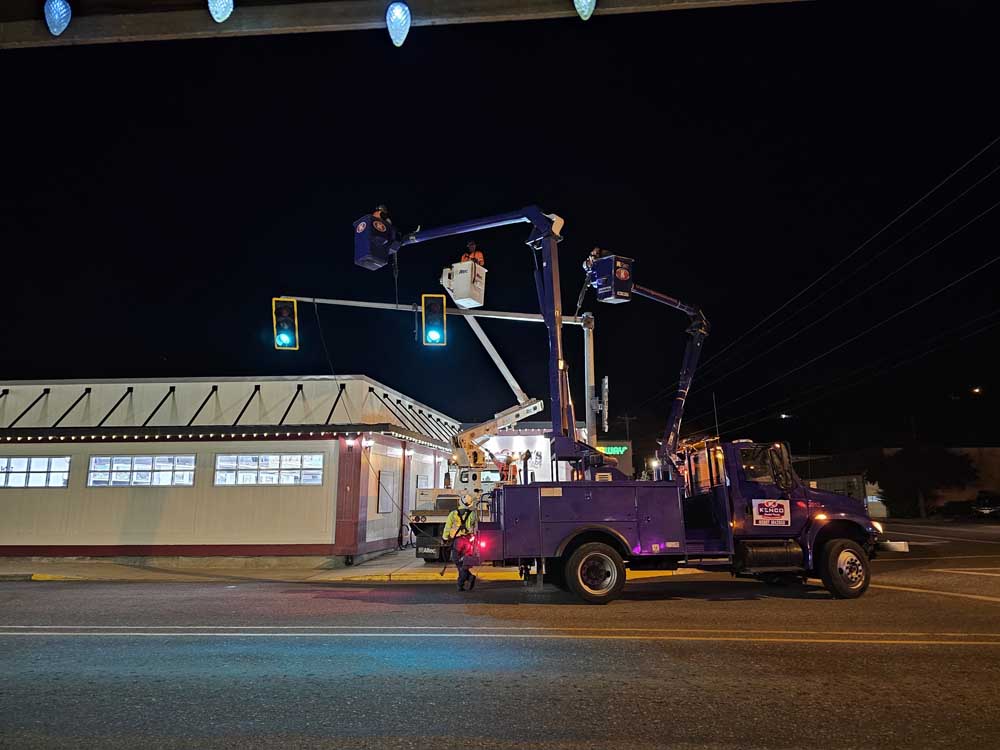Court presents requests for Austin Project
Published 1:00 pm Tuesday, July 30, 2019

- Grant County Court: Austin Project
The Grant County Court expressed an interest in coordinating with Malheur National Forest during a scoping presentation for the proposed Austin Project on July 24.
Commissioner Sam Palmer asked to be shown around the project area with a Forest Service silviculturist or fuels reduction expert on hand.
Malheur National Forest Supervisor Craig Trulock and NEPA planner Kate Cueno reacted in a positive way to Palmer’s request, along with comments and questions from the court and the public, inviting them to a July 30 open house for more detailed information.
Project plans
The Austin Project covers 78,200 acres encompassing the entire Bridge Creek-Middle Fork John Day River watershed and the headwaters of the Middle Fork, according to a Forest Service scoping briefing. Planning began in 2017, and a 30-day scoping period for public comment ends Aug. 7.
The project goals are to promote watershed health and resiliency, maintain and improve diverse forest composition, improve wildlife habitat, promote forest conditions that allow for reintroduction of fire upon the landscape, move toward a safe and sustainable minimum road system and contribute to the region’s social and economic vitality.
Upland restoration work includes about 28,000 acres of commercial thinning, 6,500 acres of biomass treatments and 900 acres of noncommercial thinning near private land and highways. About 3,240 acres in the wildland-urban interface will see fuel reduction work.
Prescribed burning is planned for 76,700 acres in blocks to reduce fuels and invasive plant species. Road maintenance and reconstruction will take place for needed haul routes, and about 43 miles of temporary roads will be constructed to access some commercial harvest units.
Road system changes include closing 57 miles of currently open roads, returning 11 miles of existing roads that had been decommissioned to closed-road status, converting 1.2 miles to trail, opening 5.9 miles of currently closed or decommissioned roads, relocating 1.2 miles of Forest Road 2620, decommissioning 13 miles of currently open or closed roads and confirming the closure of 31 miles of roads that were administratively closed in the past.
Watershed and fisheries activities include restoring about 2,820 acres of stream and floodplain and 670 acres of riparian meadow at 30 areas. Unique habitat work includes 330 acres of aspen restoration and 510 acres of mountain mahogany and upland meadow restoration.
Recreational development plans include 4.6 miles of new trail construction to extend the Sumpter Valley Railroad Interpretive Site trail and for the proposed Bridge Creek Trail, which will also get a new trailhead. A fuels reduction project is planned for the Dixie Creek Campground.
Issues raised
Trulock responded to Commissioner Jim Hamsher’s request to delay the scoping deadline by 15 days by noting that additional public input periods and opportunities for developing alternatives will follow scoping.
About 70% of the forest work will be offered first to Iron Triangle, which holds a 10-year stewardship contract, Trulock said. Judge Scott Myers asked if more of the work could be offered to other bidders because the county doesn’t receive a share of timber receipts from the stewardship contract.
Trulock noted that the forest work will take place after Iron Triangle’s 10-year contract ends three years from now, so the contract could be modified. He also said he would look at making downed and piled logs available for firewood and Palmer’s request to make burned trees available for salvage after fires.
Billy Jo George asked the Forest Service to take another look at trees in the Crawford Creek area seriously damaged by a prescribed burn. She requested mechanical treatment rather than prescribed fire for that area.
Cueno noted that most of the project’s prescribed burning will not take place for 9-10 years. Jim Sproul asked the Forest Service to “think outside the box,” choosing more selective logging over prescribed fire. Cueno, however, said the Forest Service goal is to restore a natural fire regime to the area as a way to prevent catastrophic wildfires.
Sproul also suggested many of the roads proposed for closure were built prior to 1976 and are protected under Revised Statute 2477. Cueno disagreed and said any designation would need to go through a court process. Trulock agreed with Cueno but noted that he wants to work with the county on any roads the county believes are protected under RS 2477.
George noted that a historic road and part of the Sumpter Valley Railroad will be impacted by fish restoration plans. She also expressed concerns about a proposed road closure that would eliminate an emergency evacuation route for residents and visitors in the Bates State Park and Austin area.





